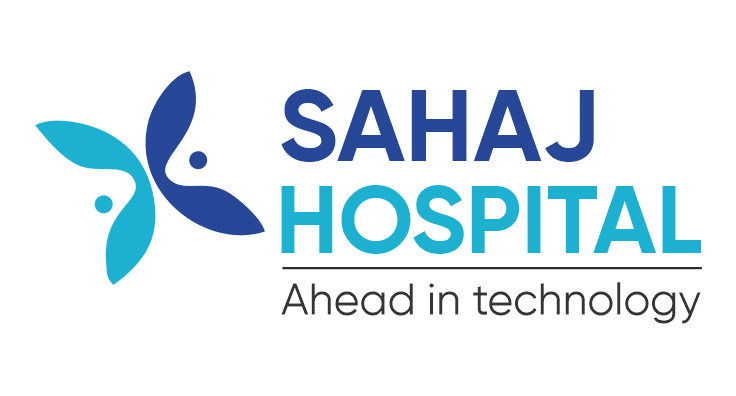Functional Endoscopic Sinus Surgery
What Is an Adenoidectomy
Functional Endoscopic Sinus Surgery (FESS) is a minimally invasive surgical treatment for sinusitis, nasal polyps, and other chronic sinus issues like bacterial and fungal infections. This procedure uses endoscopic techniques to improve drainage and ventilation of the sinuses, providing relief from symptoms and restoring proper sinus function.
FESS is commonly used to treat:
- Chronic sinusitis (inflammation of the sinuses)
- Nasal polyps (growths in the nasal or sinus lining)
- Recurrent ear infections
- Bacterial and fungal sinus infections
FESS Technique
The procedure involves the use of nasal endoscopes (small telescopes with cameras) to visualize and treat the sinuses. The procedure restores normal sinus drainage and airflow by clearing blockages and removing polyps, tissue, or debris. It can be performed using a variety of instruments:
- Telescopes of different diameters (4 mm for adults, 2.7 mm for children) and angles (0, 30, 45, 70, 90, and 120 degrees) provide optimal illumination and a clear view of the sinuses.
- High-definition cameras and articulating instruments allow precise work inside the nasal cavity and sinuses.
Our Specialties

Sinuses treated during FESS include:
- Frontal sinuses (forehead area)
- Maxillary sinuses (cheeks)
- Ethmoid sinuses (between the eyes)
- Sphenoid sinuses (base of the skull)
Extended Approaches
FESS can also be used in advanced procedures involving:
- Pituitary tumors (in collaboration with neurosurgeons)
- Anterior and posterior cranial fossa access
- Orbital and optic nerve access
- Infratemporal fossa and sella turcica access
These techniques have been used to treat selected tumors, even inside the skull or brain, with relatively low morbidity.
Complications
Although rare, possible complications during FESS include:
- Injury to surrounding structures such as the eyes, optic nerves, or brain
- Excessive bleeding (about 2% of patients may need a second surgery for bleeding control)
- Infection
- Damage to nearby structures (with a very low risk of severe complications like blindness or meningitis)
Success Rate of FESS
The success rate for FESS is high, with 80-90% of patients experiencing significant relief from symptoms such as nasal blockage, facial pain, or headaches. However, if the main issue is post-nasal catarrh, only 50% of patients see substantial improvement.
- Polyps can recur in about 50% of patients, even after successful surgery.
- Restoration of the sense of smell is possible for many patients, although it can take several months and may require additional treatments such as steroids.
Risks of FESS
While FESS is a generally safe procedure, there are some risks:
- Excessive bleeding, typically controlled during the surgery but requiring follow-up in rare cases.
- Damage to surrounding structures such as the eyes or brain (rare, but serious).
- Cosmetic changes if additional procedures like septoplasty (straightening the nasal septum) are performed.
- Anesthesia risks, though they are minimal with modern monitoring equipment.
Post-Operative Care
After FESS, most patients are discharged within 1-2 days and can resume normal activities with some precautions.
- Initial recovery may feel like having a severe cold, with nasal swelling and discharge. Patients may experience dark, sticky material coming from the nose for up to three months.
- Steam inhalations (at least three times a day for two weeks) can help relieve symptoms.
- Avoid smoking, heavy physical work, and swimming for the first two weeks.
Things to Do After FESS
- Follow-up appointments for necessary treatments, including nasal drops or antibiotics.
- Steam inhalation: Breathe in steam from a bowl with menthol or eucalyptus to reduce congestion and promote healing.
- Hydrate well and take medications as prescribed.
Things to Avoid for Two Weeks
- Smoking and exposure to polluted or dusty environments.
- Heavy physical exertion, including intense exercise or fitness training.
- Blowing the nose forcefully.
- Close contact with people who are sick, to avoid further infections.
- Excessive alcohol consumption.
FESS is a well-established and effective procedure to treat chronic sinus issues and improve overall nasal and sinus health. Consult our ENT specialists for a personalized treatment plan to restore your sinus function and relieve symptoms.
